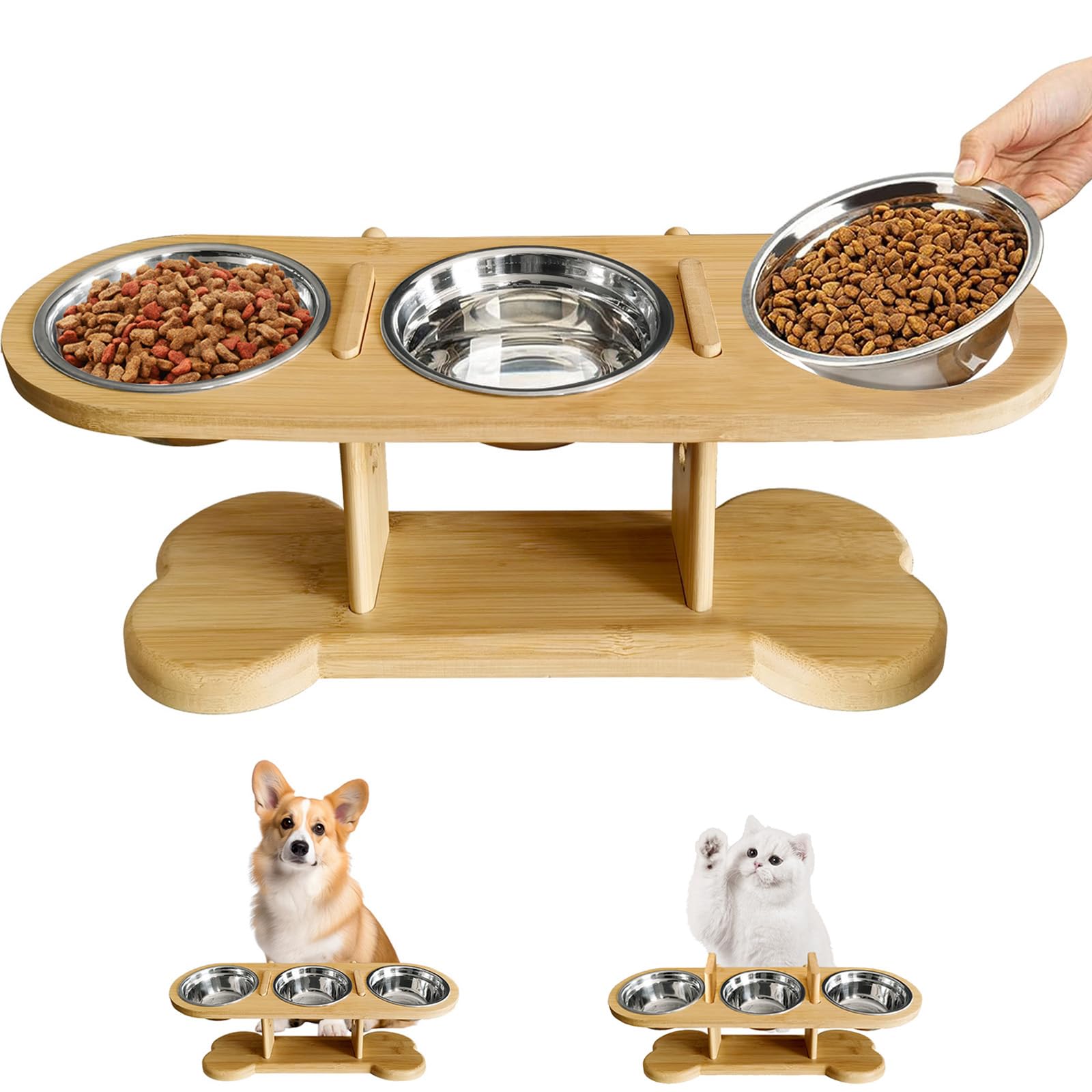Feeding your pet is more than just filling the bowl. It’s about choosing the right food for their age, size, personality, and specific needs. When you thoughtfully consider their meals, pets become more energetic, maintain a healthy weight, and live happier and longer lives. This guide provides easy and fun tips for feeding dogs and cats of all types and sizes.
Creating a Healthy Feeding Plan
A good meal plan helps your pet live a healthy life. Correct portion sizes, balanced nutrients, and regular feeding times all work together to prevent obesity, support growth, and promote happiness. From playful kittens to older dogs, the details matter.
Nutrition for Every Pet
Small Breeds and Cats
- Feeding Frequency: Provide two to three small meals each day. Smaller pets use energy faster and need to eat more frequently to feel full.
- What to Feed: Choose foods with real meat or fish as the main ingredient. Cats need something called taurine for heart and eye health.
- Caution: Avoid dangerous foods like chocolate, grapes, onions, or fatty leftovers.
Medium Dogs (Including Corgis)
- Feeding Routine: Serve two measured meals a day. Check the packaging for serving sizes and adjust based on your dog’s activity level.
- Best Choices: Opt for foods with a balance of protein, fats, and healthy fibers to promote muscle development and digestion.
- Extras: For older dogs, consult your veterinarian about joint and mobility supplements.
Large Breeds
- How to Feed: Divide daily food into two meals. This helps prevent digestive issues and bloating.
- Special Needs: Use formulas designed for large breeds—these support joints, bones, and maintain a healthy weight.
- Monitor Weight: Keep an eye on your pet’s weight to avoid excess strain on joints and organs.
Senior Dogs and Cats
- Adjustments: Older pets benefit from diets lower in calories but rich in protein and fiber. These supports lean muscle while preventing unwanted weight gain.
- Mobility Support: Supplements like omega-3s or glucosamine can help to age pets remain comfortable and active, but always consult your veterinarian first.
Exercise and Nutrition Go Hand in Hand
An active animal usually eats well. Daily play not only builds strength but also helps maintain a healthy appetite. It’s important to balance exercise and healthy meals to ensure overall well-being:
- Small pets: Gentle indoor play and short walks.
- Medium dogs: Walks, fetch, and fun interactive play.
- Large dogs: Long walks, swimming, or hiking.
- Cats: Wand toys, puzzles, and climbing activities.
Safe and Comfortable Mealtimes
- Bowl Height: Use bowls that are the right height for your pet; elevated bowls can help large and older dogs eat more easily.
- Cleanliness: Wash food and water bowls daily using stainless steel or ceramic dishes to prevent germs.
- Separate Spaces: If you have multiple pets, feed each in a different area to minimize stress and prevent conflicts.
Healthy Habits and Veterinary Advice
- Monitor your pet’s weight by checking monthly and noting any changes in shape or energy levels.
- Visit your veterinarian for assistance with meal planning, especially if your pet has health problems or allergies.
- Sometimes, tests can help identify underlying health issues and keep your feeding plan on track.
Feeding Summary
| Pet Type | Daily Meals | Key Nutritional Tips |
|---|---|---|
| Small Dogs & Cats | 2–3 | Real protein, small portions, watch snacks |
| Medium Dogs | 2 | Meat-based foods, balanced for activity level |
| Large Dogs | 2 | Special formula for joints and bones |
| Seniors (All Breeds) | 2 | Low-calorie, easy to digest, joint support |
Quick Tips for Every Pet Parent
- Measure food according to your pet’s needs and body type.
- Keep treats to a minimum and avoid dangerous foods altogether.
- Clean bowls and feeding areas daily.
- Look for pet food that meets trusted quality standards.
- When in doubt, your veterinarian is your best source for nutritional advice.
Special Attention
Every pet deserves a unique meal plan tailored just for them. By paying attention to their diet, making adjustments as they age, and consulting with your veterinarian, you help your furry friend enjoy many happy, loving years by your side.
